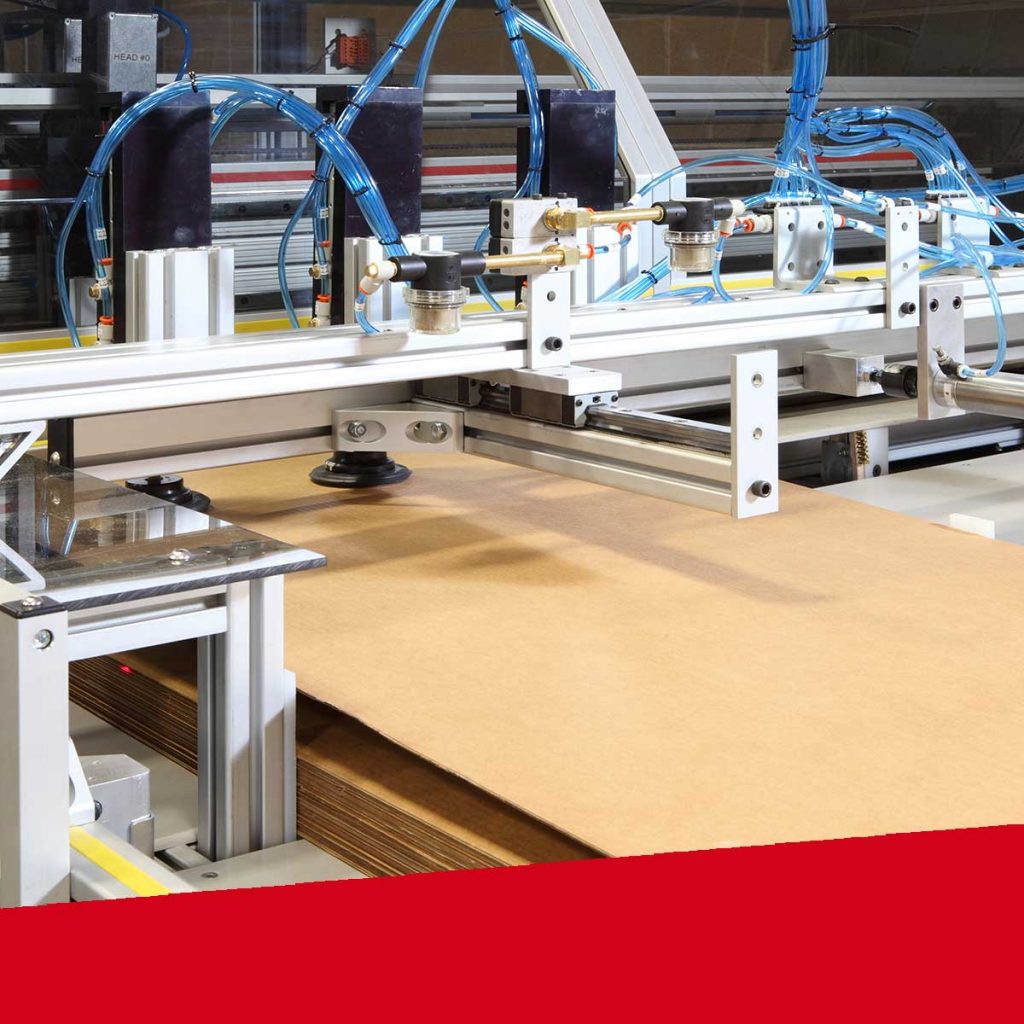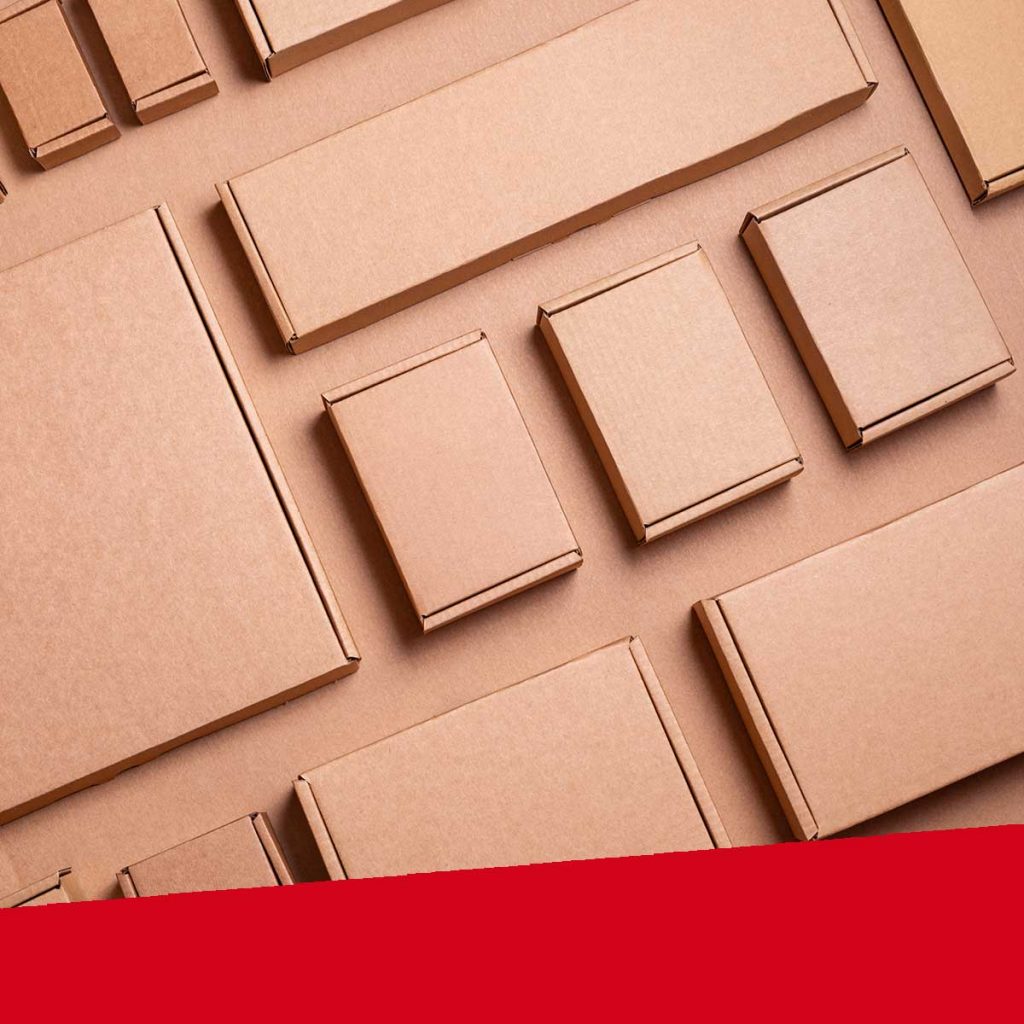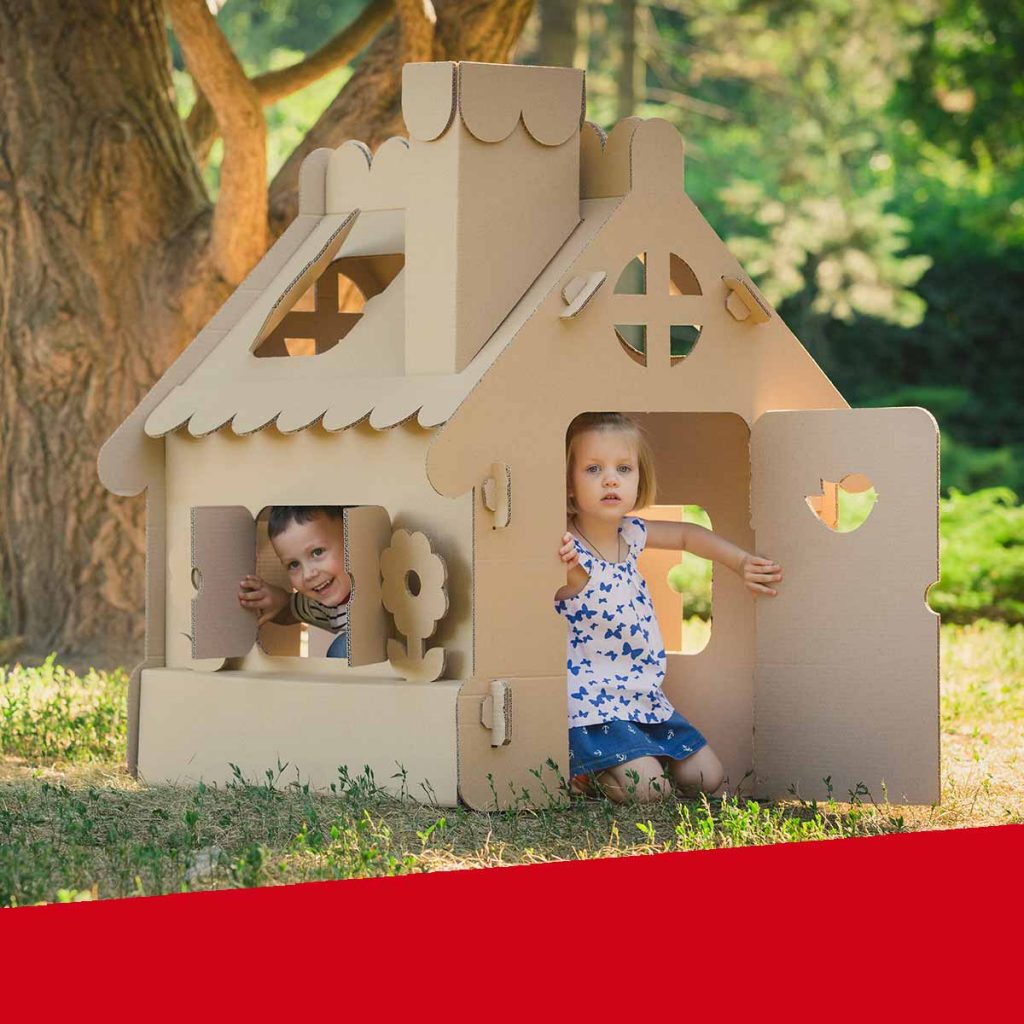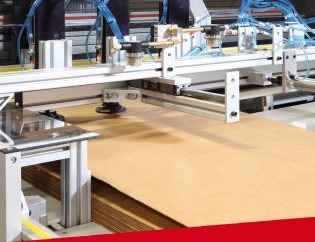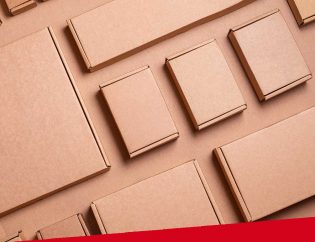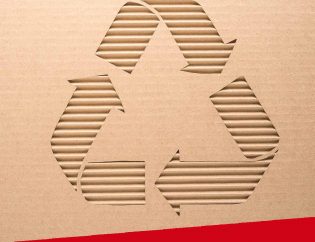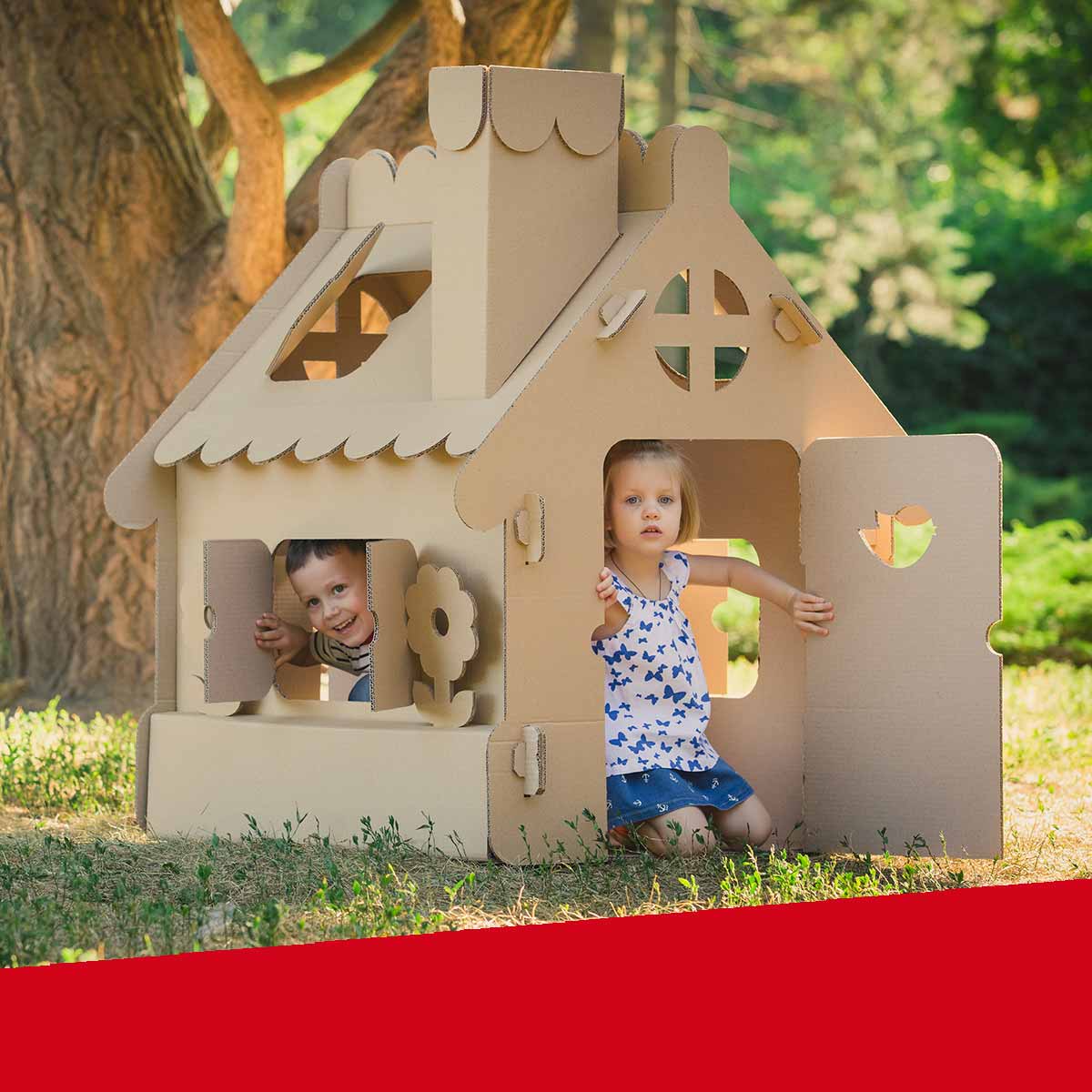
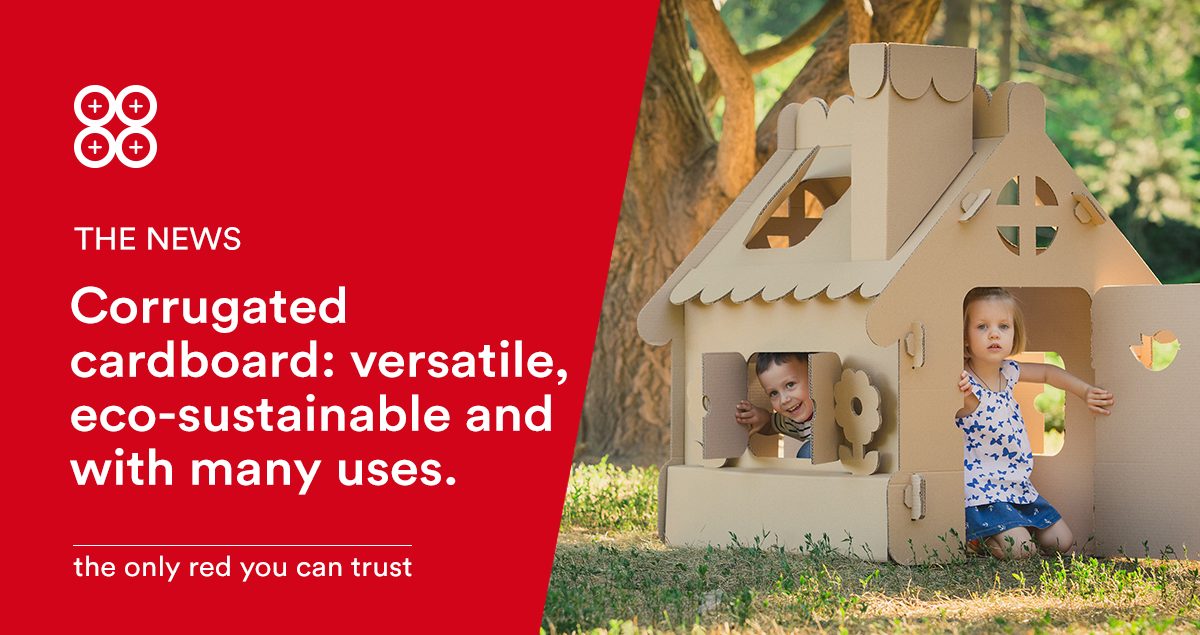
NOVEMBER 2021
From use for packaging to domestic use, cardboard is one of the most used materials in the world, if not by far the most used.
Its characteristics of complete recyclability, biodegradability and versatility have made it the most requested material for the production of packaging over time which must meet the requirements of robustness and ability to absorb shocks.
But the use of corrugated cardboard does not end in the production of boxes. In recent years it has been widely re-evaluated and designers, artists, architects have used it to create artistic works and functional objects in the daily life of all of us.
For example, think of home furniture, corrugated and die-cut cardboard has given shape to chairs, tables, bookcases and many other furnishing elements. And the weight load is absolutely not a problem, the cardboard processed and assembled differently is able to withstand even considerable loads. The case of the recent Tokyo Olympics was discussed, where the athletes’ residences had been set up with cardboard beds: a choice, clearly, adopted in favor of sustainability.
Exhibition stands are another example in which corrugated cardboard proves to be extremely functional: stands, desks and seats that are easy to transport and assemble on site often prove to be an appropriate choice with a sustainable cost for companies. Similarly, it is suitable for the construction of product and furniture displays for shops.
But there are those who have even thought of using it as a building material, using it in partitions, floors and false ceilings up to entire residential modules; corrugated cardboard has great thermal insulation capabilities making it suitable for both summer and winter, as well as responding very well to anti-seismic standards.
For years, cardboard has also been used to make toys that stimulate children’s imaginations, and this use earned him his entry, in 2005, into the prestigious National Toy Hall of Fame in New York.

